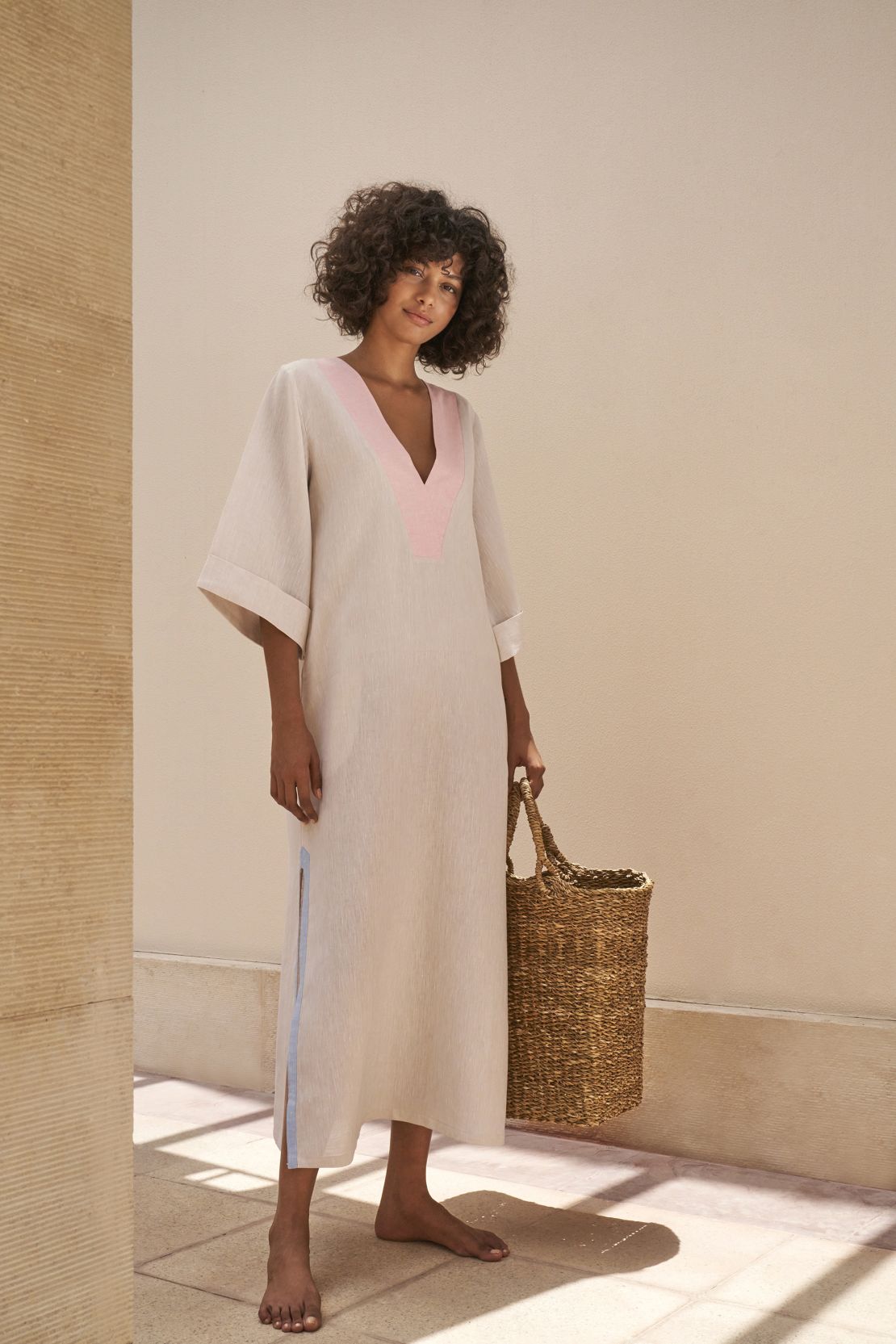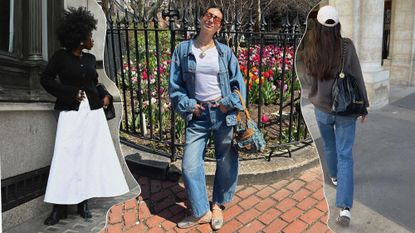Professional Tips on Selecting the Perfect Eastern Wear Pakistan for Weddings
Experience the Style of Conventional Eastern Clothing
Embark on a trip via the complex globe of standard Eastern clothing, where each garment informs a story woven with social richness and historic relevance. Join us as we untangle the secrets behind these charming pieces and find the appeal of Eastern clothes that has mesmerized generations. eastern wear pakistan.
Background of Eastern Clothes
Eastern attire has an abundant history that dates back centuries, showing the varied societies and traditions of regions such as Asia and the Center East. In Asia, standard outfit varies greatly from the vibrant saris worn in India to the classy bathrobe of Japan.
Throughout background, Eastern clothes has not only acted as a kind of clothes but also as an icon of cultural identification and heritage (eastern wear pakistan). Fabrics like linen, cotton, and silk have actually been typically used, with styles and patterns often holding significant significances or standing for aspects of nature or spirituality. Typical garments have actually been passed down with generations, with each item lugging a feeling of background and practice. Today, Eastern clothing remains to develop, blending typical aspects with modern fashion patterns to create ageless and distinct styles.
Relevance of Needlework
Embroidery plays a vital role in standard Eastern attire, including detailed information and cultural importance to garments that have actually been given via generations. In Eastern societies, embroidery is not simply decorative but holds deep symbolic significances. Each stitch and pattern can convey tales, beliefs, and also social status.
The art of needlework in traditional Eastern attire is a labor-intensive process that calls for skill and perseverance. Extremely skilled craftsmens thoroughly hand embroider complex layouts onto textiles making use of strategies that have been improved over centuries. These embroidered styles frequently mirror the rich cultural heritage of the area they originate from, showcasing themes inspired by nature, folklore, or historical events.

Lavish Fabrics Utilized
Luxurious fabrics play an essential role in improving the elegance and luxury of standard clothes across varied Eastern cultures. Silk, renowned for its softness and luster, is a popular selection for lots of conventional garments as a result of its glamorous feel and capability to drape gracefully. In nations like India, China, and Japan, silk has a lengthy history of being used in standard attire, symbolizing wide range and condition.
One more extensively made use of luxurious material is brocade, defined by intricate patterns woven into the material. Brocade adds a touch of class to garments and is frequently seen in ritualistic clothing and official wear. Velour, with its deluxe structure and abundant appearance, is additionally a popular choice for conventional clothes in Eastern cultures, specifically for special events and joyful events.
In addition, fabric, satin, and chiffon are frequently utilized for their light-weight and flowing top qualities, including a sense of delicacy and beauty to garments. These extravagant fabrics not just elevate the visual charm of typical Eastern clothing yet likewise contribute to the general appeal and appeal of the user.
Workmanship Techniques
Standard clothes in various societies showcases impeccable craftsmanship methods that are passed down through generations, highlighting the ability and artistry entailed in developing these splendid garments. Each embroidery, embellishment, and stitch is thoroughly crafted to create classic items that personify the social heritage and customs of the area. The workmanship methods utilized in typical Eastern clothing frequently involve complex handwork, such as hand weaving, hand needlework, and hand beading, which call for precision and focus to information.
Artisans who focus on these methods undertake years of training to best their abilities and master the standard techniques of garment construction. Using high-quality products integrated with professional workmanship causes garments that not just look aesthetically sensational however likewise stand the examination of time. The dedication to preserving these go to website craftsmanship techniques makes certain that Related Site each piece of traditional Eastern attire is a job of art, reflecting the rich social history and heritage of the area.
Ageless Sophistication and Elegance

The intricate embroidery, delicate beadwork, and glamorous materials utilized in traditional Eastern attire add to its unequaled beauty. The precise creation passed down through generations makes certain that every piece narrates and exhibits elegance and elegance.
In addition, the classic shapes and elegant draping of conventional Eastern outfit contribute to its long-lasting beauty. The streaming lines and sophisticated styles create a sense of harmony and balance that is both visually attractive and emotionally exciting.
Fundamentally, the classic style and charm of standard Eastern attire function as a testimony to the skill and creativity of the artisans who commit their lives to preserving these charming sartorial traditions. - eastern wear pakistan
Conclusion
Finally, the beauty of conventional Eastern clothes is a testimony to the abundant history, social importance, and intricate workmanship of the region. From the sophisticated needlework to the elegant materials and timeless appeal, each garment tells a tale and mirrors the cultural identity of its beginnings. Accepting Eastern clothing permits one to value the artistry and elegance that have been given via generations, creating absolutely splendid and fascinating pieces.
Embark go to my site on a journey via the elaborate globe of typical Eastern outfit, where each garment tells a story woven with social richness and historical relevance.Needlework plays an essential function in typical Eastern attire, adding detailed information and social importance to garments that have been passed down through generations.Luxurious fabrics play a critical duty in enhancing the sophistication and luxury of traditional outfit throughout varied Eastern societies. The workmanship strategies used in typical Eastern clothes commonly entail detailed handwork, such as hand weaving, hand needlework, and hand beading, which call for precision and attention to information.
In verdict, the beauty of conventional Eastern attire is a testament to the abundant history, cultural relevance, and elaborate craftsmanship of the area.